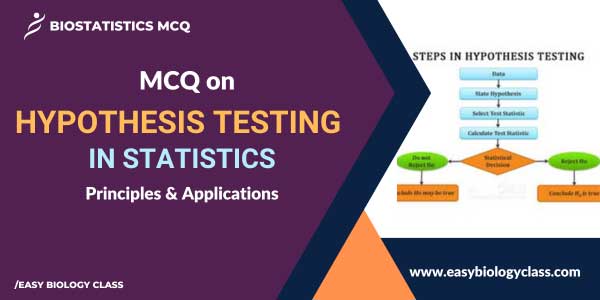
MCQ on Experimental Design
Enhance your knowledge of Design of Experiments with our interactive quiz. Put your skills to the test with our engaging MCQs and excel in the […]

Enhance your knowledge of Design of Experiments with our interactive quiz. Put your skills to the test with our engaging MCQs and excel in the […]

Chi-square test is a statistical method used to assess the association between categorical variables. It compares observed and expected frequencies to determine if there is […]

Statistical errors refer to inaccuracies or variations in data analysis due to flawed methods, sample size limitations, or random fluctuations, potentially leading to incorrect conclusions […]

Statistical hypothesis testing is a method used to assess the validity of claims about data. It involves formulating null and alternative hypotheses, conducting tests, and […]

Graphical representation of data uses charts, graphs, and diagrams to visually present information and patterns. It enhances understanding, aids in data analysis, and simplifies complex […]

Statistical data involves collecting, analysing, and interpreting information to draw conclusions and make informed decisions. Variables are elements in the data that can vary and […]

MCQ on Introduction to Statistics offers a quiz-based overview of statistical concepts and applications used in biology and medical research. Test your knowledge of data […]

Hybridoma technology revolutionized biomedical research, enabling the production of monoclonal antibodies (mAbs) with high specificity and uniformity. By fusing B cells with myeloma cells, hybridomas […]

Cells are the fundamental units of life, constituting the structural and functional basis of all living organisms. Each cell carries genetic information, exhibits specialized functions, […]